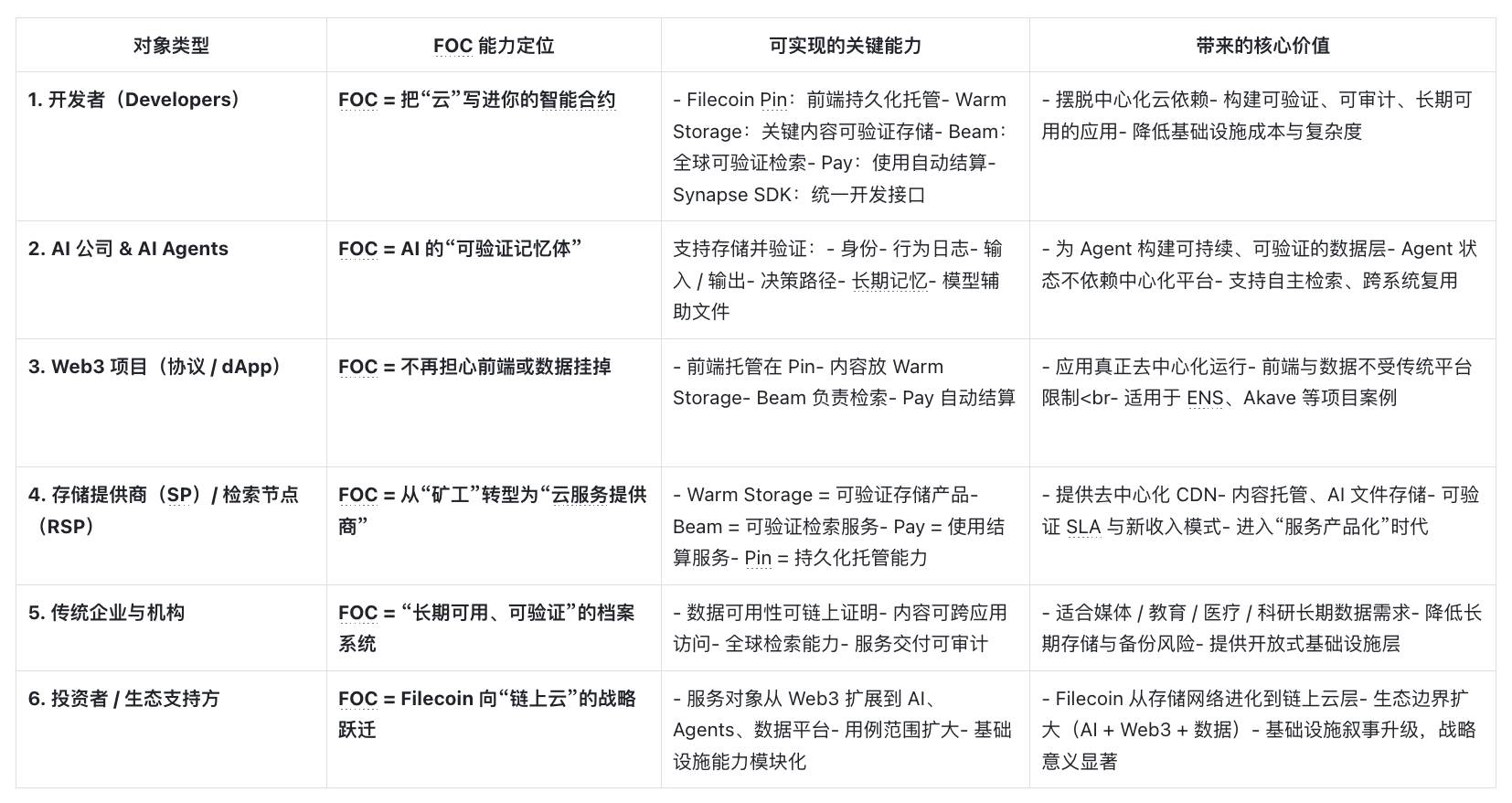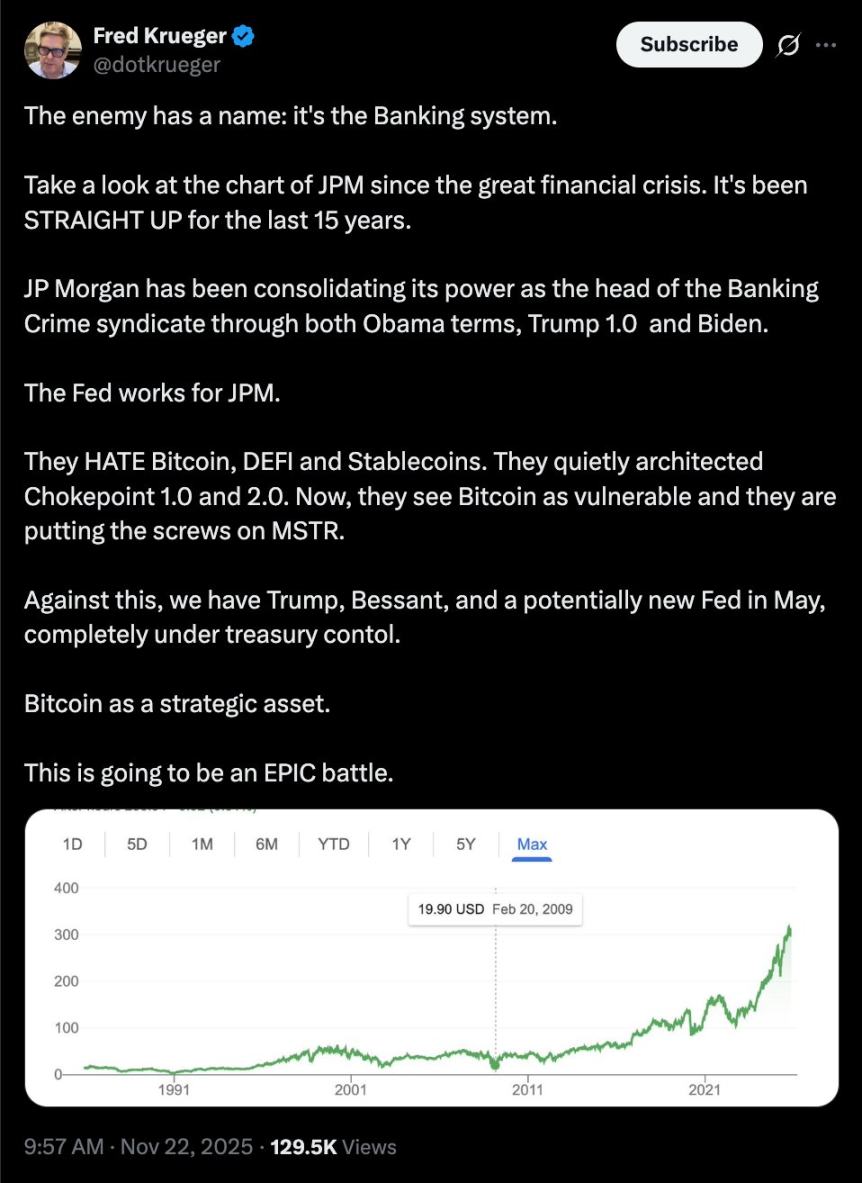India's Cotton Import Duty Waiver: Strategic Implications for Global Textile and Agricultural Markets
- India extends cotton import duty exemption until 2025 to counter U.S. 50% tariffs on Indian exports, boosting textile competitiveness through cheaper global inputs. - Policy triggered mixed market reactions: textile stocks surged 9% while export-oriented firms faced 12% selloff amid U.S. trade tensions and volatile cotton futures. - Long-term gains favor U.S. cotton producers (e.g., 10% price premium in India) and diversified investors in ETFs like COTN, despite 64.84% historical drawdown risks. - Strate
India’s decision to extend its cotton import duty exemption until December 31, 2025, marks a pivotal moment for global textile and agricultural markets. This policy shift, announced on August 28, 2025, removes an 11% import duty on raw cotton, enabling Indian textile manufacturers to source cheaper inputs from the U.S., Brazil, and Australia [1]. While the move aims to counteract the 50% U.S. tariffs on Indian exports, it has triggered a complex interplay of short-term market volatility and long-term strategic opportunities for investors.
Short-Term Volatility: A Double-Edged Sword
The immediate market reaction to the policy was mixed. Textile stocks like Vardhman Textiles surged 9% on the day of the announcement, as investors anticipated lower input costs and improved export competitiveness [3]. However, the broader sector faced headwinds from U.S. tariffs, which have already caused a 12% selloff in export-oriented textile and shrimp stocks [2]. This duality reflects the sector’s exposure to both domestic policy relief and global trade tensions.
Cotton futures markets also responded with heightened volatility. While December futures gained 47 points in the week following the announcement, export sales for the 2025/26 marketing year fell 25% year-over-year, signaling weaker demand from traditional buyers like China [1]. The Federal Reserve’s signals of rate cuts have further complicated the landscape, with cyclical sectors like textiles outperforming large tech stocks in the short term [4].
Long-Term Opportunities: Structural Shifts in Trade and Valuation
The duty waiver’s long-term implications hinge on its ability to reshape global cotton trade flows. India’s textile industry, which accounts for 28% of its total exports, is projected to import 4.2 million bales in 2025, a record high [2]. This surge in demand benefits U.S. cotton producers, who have lost access to China’s market due to trade wars. For instance, U.S. cotton shipments to India increased significantly in FY25, with analysts noting a potential 10% price premium for American cotton in Indian mills [4].
For investors, this creates a bifurcated opportunity. On the equity side, Indian textile firms with strong balance sheets and diversified export strategies—such as Vardhman Textiles (P/E 13.3x, debt-to-equity 0.20) and Raymond Lifestyle (P/E 190.75x, 55.3% earnings growth forecast)—are positioned to capitalize on lower input costs [5]. However, these stocks remain vulnerable to U.S. tariff risks, with Raymond Lifestyle’s high valuation (190.75x) reflecting both optimism and fragility [5].
Commodity ETFs, meanwhile, offer a more diversified bet. The WisdomTree Cotton ETC (COTN), which tracks the Bloomberg Cotton index, has a five-year return of +20.36% but faces a maximum drawdown of -64.84%, underscoring its volatility [3]. For investors seeking exposure to cotton without direct equity risk, COTN’s synthetic replication via swaps could balance the portfolio, though its -15.90% YTD return highlights the need for hedging [3].
Strategic Positioning: Balancing Risk and Reward
The key to navigating this landscape lies in diversification and timing. Short-term traders might focus on textile equities like Vardhman Textiles, which has a 28.14% upside potential according to analyst targets [5]. However, long-term investors should consider a mix of cotton ETFs and global textile producers. For example, U.S. cotton exporters like Cargill or Australia’s Cotton Australia could benefit from India’s import surge, while diversified commodity ETFs like FTGC (which includes cotton futures) offer broader market exposure [6].
Critically, investors must also monitor geopolitical risks. The U.S. and India’s ongoing tariff standoff could escalate, threatening the gains made by Indian textile firms. Diversification into alternative markets—such as the UK, Germany, and Japan—is essential for mitigating this risk [4].
Conclusion: A Calculated Bet on Resilience
India’s cotton duty waiver is a strategic move to stabilize its textile sector amid global trade turbulence. While short-term volatility is inevitable, the policy creates a window for investors to position in undervalued equities and diversified ETFs. For those willing to navigate the risks, the long-term potential lies in India’s ability to reorient its export strategy and leverage lower input costs to regain global competitiveness.
Source:
[1] India extends cotton import duty exemption amid US tariff pressure
[2] Duty waiver on cotton imports extended till December
[3] Cotton Gathers Outside Support To Close The Week Higher
[4] India waives customs duty on cotton imports to support textile sector
[5] Vardhman Textiles Share Price
[6] 5 Best Commodity ETFs to Buy Now
Disclaimer: The content of this article solely reflects the author's opinion and does not represent the platform in any capacity. This article is not intended to serve as a reference for making investment decisions.
You may also like
Filecoin Onchain Cloud: Application Case Analysis and Launch of Limited Edition NFT Program for Early CloudPaws Contributors
Filecoin is a protocol-based decentralized data storage network designed to provide long-term, secure, and verifiable data storage capabilities.

From Platform to Ecosystem, SunPerp Upgrades to SunX: Justin Sun Elaborates on DEX's "Long-termism" and Global Strategy
This upgrade marks SunX's transformation from a single trading platform to a self-circulating and self-growing decentralized ecosystem hub.

MSTR to be "excluded" from the index, JPMorgan research report "unexpectedly implicated", crypto community calls for "boycott"
JPMorgan warned in a research report that if Strategy is eventually removed, it could trigger a mandatory sell-off worth $2.8 billion.

It's already 2025, and this billionaire collector is still buying NFTs?
Adam Weitsman recently acquired 229 Meebits, further increasing his investment in the NFT sector.
